If you’re thinking about traveling to Norway, you have come to the right place.
I honestly feel that Norway is one of the most beautiful, peaceful, soul-soothing countries in Europe you will ever visit.
The landscapes look like they’re straight out of a fantasy film with the towering fjords, mirror-like lakes, and colourful fishing villages.
However, there are a few things to keep in mind before you can begin to enjoy the magic of Norway.
So, if you are looking for Norway travel tips to make your vacation more fun, then keep reading on my list of 15 Things You Need to Know Before Traveling to Norway!

Traveling to Norway: 15 Things You Need to Know
Check Your Visa Requirements
The first thing to check when booking a trip to Norway is whether you need a visa or not.
Thankfully, since Norway is part of the Schengen region, US citizens don’t need a tourist visa for short stays up to 90 days in 180 days.
However, from the next year, US citizens will have to apply for an ETIAS (European Travel Information and Authorization System) before their trip.
This is a pre-travel authorization, not a visa, and you can easily apply for it online by paying the fees.
The ETIAS will be valid for 3 years for multiple entries or until your passport expires.
Check: Tromso : Private Transfer to/from Tromso Airport and City
Check: Tromsø: Fjellheisen Cable Car Tickets and Transfer

Confirm Passport Validity for Norway
The next thing to check is whether your passport is valid for at least 6 months beyond your intended departure date.
You should also have at least 6 months’ validity on your passport after your intended departure date from Norway.
And make sure you have at least two blank pages for entry/exit stamps.
Another thing that you should keep for your travel to Norway is your return ticket, hotel bookings, or proof of funds, as border officers can sometimes ask for this.
Check: Oslo: OSL Airport to City Centre|Hotels Private Transfer
Check: Stavanger: Electric Fjord Cruise to Lysefjord & Preikestolen
Carry Cash Along Cards
Norway uses Norwegian Kroner (NOK), not the euro. So, it is a good idea to keep cash, especially for remote villages with no network.
Apart from that, cards are widely accepted at restaurants, hotels, buses, etc. in Norway, mainly in the main towns.
ATMs are available, but you’ll hardly need them unless you’re venturing somewhere super remote.
Also, Norway is expensive for eating out, especially in big cities, costs more than what you might be used to. So, keep a higher budget for your Norway trip.
Check: Bergen: Viking Village, Nærøyfjord Cruise & Flåm Railway
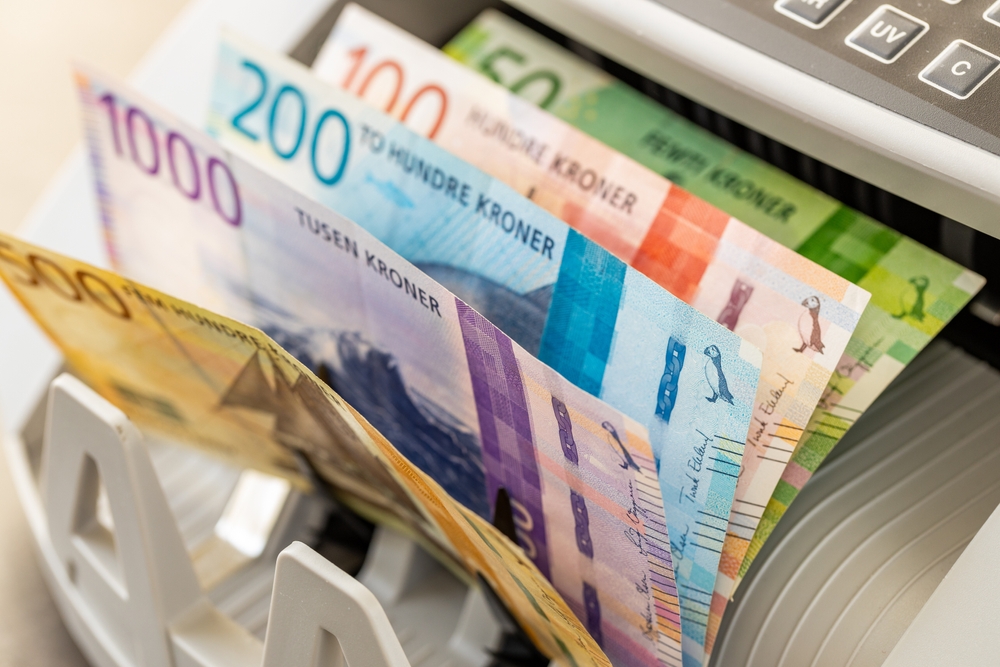
Traveling To Norway: Pack a Travel Adapter
Another important thing to keep in mind when traveling to Norway is that they use type C and F plugs with 230V voltage.
So, carry a universal travel adapter to use your electronics in Norway.
If your gadgets aren’t dual-voltage, then carry a voltage converter also, especially if you are taking a hairdryer, electric razor, and so on.
Plus, an adapter with multiple USB ports is better so that you can charge multiple electronics at the same time.
Check: Bergen: Mostraumen Fjord Cruise with Local Guide
Always Take a Local SIM or E-Sim
When traveling to Norway for the first time, you get a chance to disconnect from the world for a bit.
Yes, you will get WiFi in cities, and mobile data works in most areas.
When you travel to fjord regions, mountain roads, and the far north, you will have no service.
For these stretches, make sure to download offline maps and keep essential information handy.
You can always get a SIM card at the airport upon landing or install an e-SIM before your trip so that you have a network as soon as you land.
Check: Tromsø: Reindeer Ranch and Sami Cultural Tour with Lunch
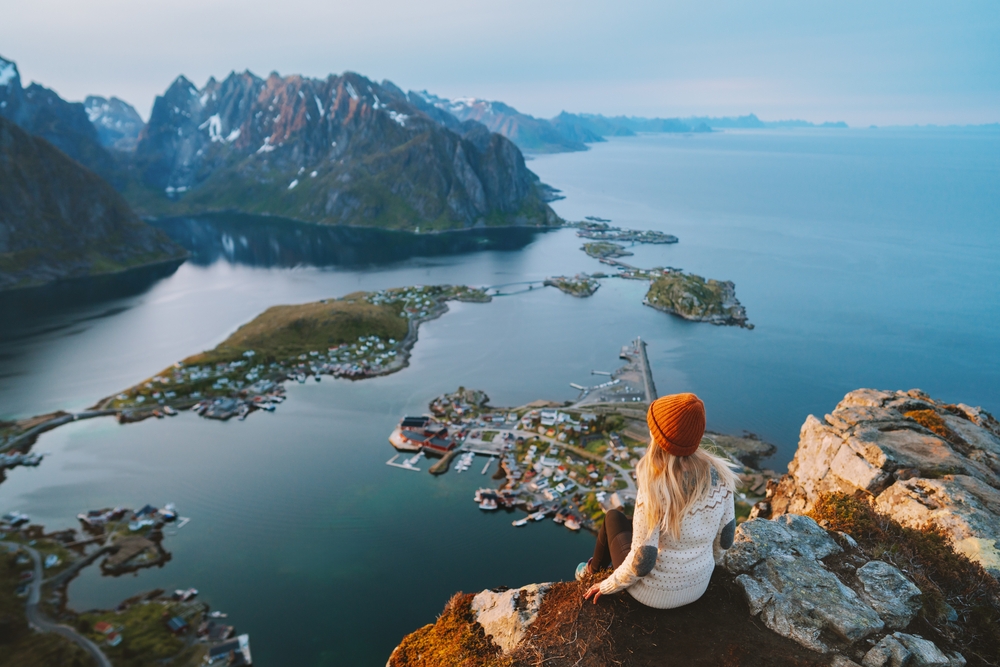
Traveling to Norway: Essentials Packing List
Here are my tips on how to pack lightly. using a carry-on when traveling. And WHY it is almost a necessity!
This unisex RFID-blocking concealed travel pouch is lightweight and comes in several colors.
These RFID sleeves are another solution.
This Anker high-speed phone charging battery is the exact one I carry on all my trips.
My daughter gifted me this FugeTek selfie stick and tripod setup for my birthday.
It is made of lightweight aluminum and is so easy to use.
I never leave home on a trip without a non-disposable water bottle.
Then this collapsible silicone foldable water bottle would work well for you.
This foldable water-resistant backpack would be great for a daily go-pack.
These quick-dry slip-on Aqua shoes will be useful!
These men’s quick-dry trunks are essential.
For women, this one-strap one-piece bathing suit is amazing.
Consider bringing along quick-dry super-absorbent microfiber towels.
This wet-dry bag with handles is a good option.
These unisex polarized sunglasses come in many lens colors and frame designs and are extremely affordable, too.
If you like aviator-style sunglasses, these polarized aviators may interest you.
As an Amazon Affiliate, I earn from qualifying purchases.
Select the Best Time to Visit Norway
One of my top Norway travel tips is that make sure to choose the right time to visit Norway.
For hiking and road trips, summer is the best time to visit Norway. You get long warm days to enjoy and go on fjord cruises and more!
On the other hand, if you want to witness snow-covered villages, frozen lakes, northern lights, and more, then winter is the perfect time to visit!
If you want the best of both worlds, then plan a Norway trip during the spring or autumn months.
There are fewer tourists, prices are cheaper, and the weather is mild as well.
The best part of traveling to Norway is that every season feels like a different country altogether.
Check: Lofoten: Reine, Hamnøy, and Skariskøya Photo Tour
Check: Nærøyfjord Cruise, Flåm, and Stegastein – Incl. Lunch

Is Tap Water Safe to Drink in Norway?
One of the best things about traveling to Norway is that you can drink tap water here as it is of one of the best qualities in the world.
I always carry a refillable water bottle so I can fill up and stay hydrated while exploring a city.
If you are unsure about drinking tap water in remote areas, then you can also carry a portable water filter.
Most Europeans drink tap water and only buy bottled water if there are no taps around.
If flying into Norway, please read my tips on how to avoid getting sick on the plane.
Traveling to Norway Advice: Book Attractions and Experiences in Advance
One of my most important Norway travel tips is that if you are traveling during peak season, then book major experiences in advance.
This includes fjord cruises, hikes that require reservations, scenic train journeys, northern lights tours, and more.
Why?
Well, because during peak season, most of these tours get sold out, and then you are left with the ones that either aren’t that good or too expensive.
Check: From Tromsø: Whale Watching Safari on High-Speed Catamaran
Check: Tromsø: Northern Lights Pioneer Tour with Photos Included

Things to Do in Norway: Learn the Local Etiquette
What I love about Norway is that the people are very respectful and relaxed here.
English is widely spoken, so you won’t face any communication issues, but be careful of how you behave in public.
Speak softly in small towns, public transport, and hiking spots.
People are private here and don’t engage in small talk unless they are friends with you.
Also, punctuality is a big thing here, and littering is a big NO.
If you can respect nature, then you will easily blend in Norway.
Check: Tromsø: Reindeer Sledding & Feeding with a Sami Guide
Check: Svolvær: Ultimate Aurora Hunt
Norway Itinerary: Choose the Right Stay For Yourself
I’ve learned the hard way that where you stay in Norway matters a lot.
If you’re in Oslo or Bergen, staying near the city center makes walking and public transport super easy.
For fjord trips or scenic stays, pick guesthouses, cabins, or small lodges in nature rather than a basic hotel in a random town.
And if you’re heading north for northern lights, book accommodations that are slightly outside city centers. This way, you’ll get less light pollution and better visibility.
However, if you want more flexibility and know how to drive, then there is honestly nothing better than renting a campervan in Norway.
Check: Tromsø: Fjords and Sommarøy Islands Tour with Salmon Picnic
Check: Oslo: Scenic Fjord Cruise with Audio Guide Commentary
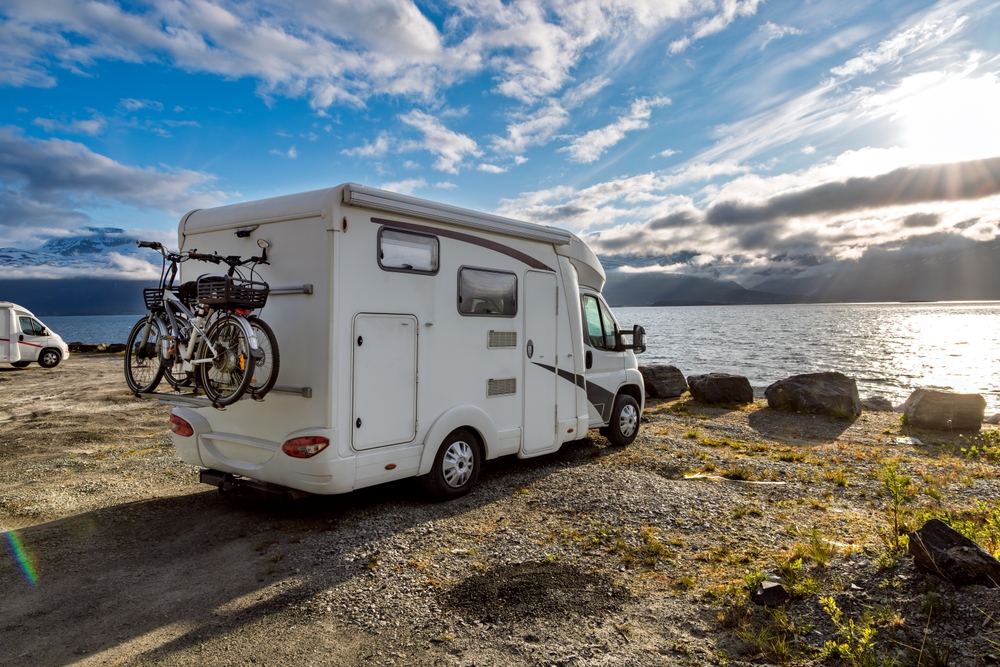
Traveling To Norway: Pack Appropriately
Okay, this is probably one of my biggest tips for you if you are traveling to Norway for the first time – pack well!
Norway’s weather is quite unpredictable, so in peak summer, you can get cold rain as well.
Keep multiple lightweight layers, hiking shoes, a rainproof jacket, and warm evening wear for summer in Norway.
For winter, the essentials are a must. From thermal layers to a good insulated jacket, you will need it all.
Keep a waterproof outer layer no matter when you are planning your trip, because sudden showers are quite prevalent in Norway.
Check: Tromsø: Whale Watching Tour by Hybrid-Electric Boat
Check: From Tromsø: Snowmobiling Tour at Camp Tamok
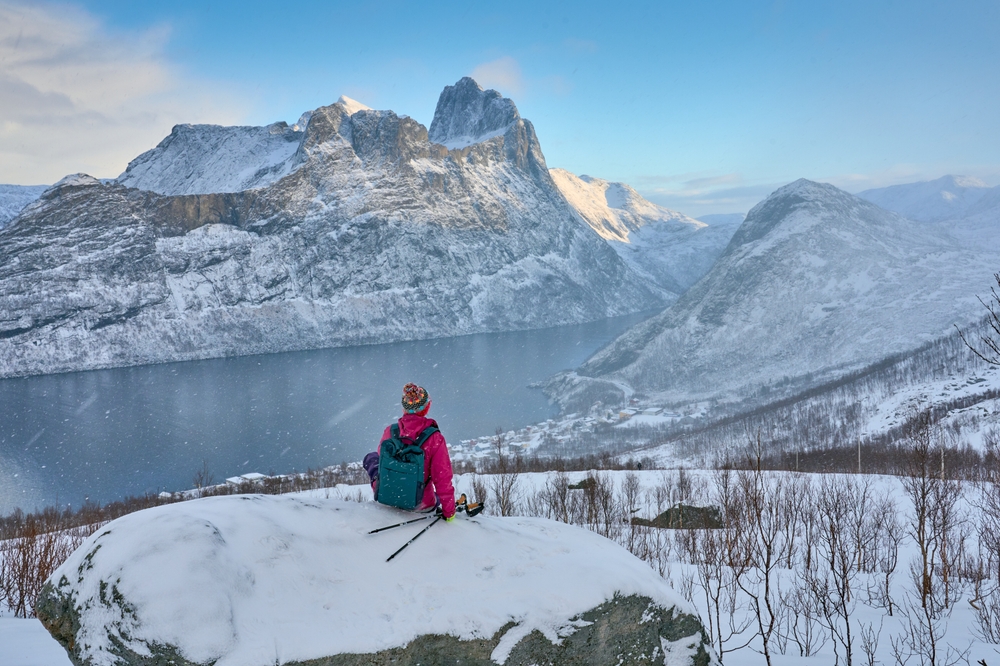
Traveling To Norway: Plan Your Outdoor Adventures Carefully
One of my most important Norway travel tips is that although the country looks small on the map, it can take you a longer time to reach your destination here.
This is because you have to pass mountains, fjords, and islands sometimes.
So, don’t do everything in one trip.
Pick one or two regions and explore them well instead of hopping around nonstop.
Also, trails can be slippery, and the weather can shift quickly here, so be prepared for everything.
If you’re hiking, always check the weather forecast, trail difficulty, and daylight hours.
If you’re driving, be prepared for narrow roads, mountain routes, rain, and tunnels.
Trust me, there are a lot of tunnels!
Check: Tromsø: Northern Lights Safari
Check: From Bergen: The Original Fjord Cruise to Mostraumen
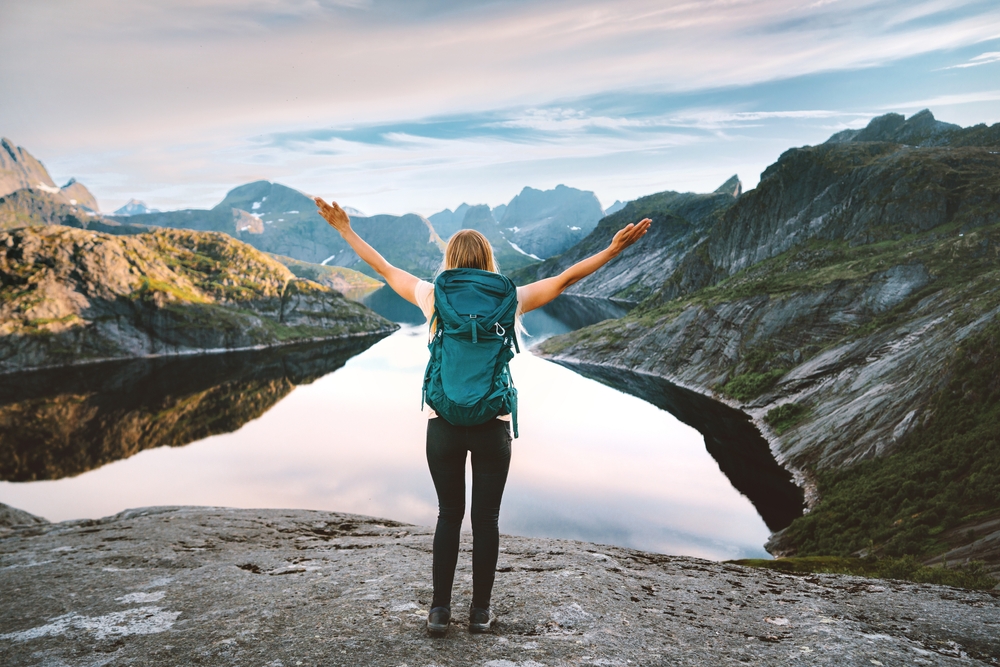
Learn to Cook and Get Affordable Meals
An important thing to keep in mind while traveling to Norway is that eating out is extremely expensive in Norway.
Moreover, they have mostly seafood, so if you are a vegetarian/vegan, then you have no choice but to cook food.
The best thing you can do is buy grocery-store meals or raw ingredients and cook food at your accommodation.
Another thing to keep in mind is that everything closes early here – restaurants, cafes, even supermarkets. So, stock up before it gets too late.
Check: From Tromso: Eco Luxury Snowmobile Adventure to Lyngen Alps

Tipping is Not Mandatory in Norway
As with most European countries, tipping is not mandatory in Norway.
However, you can always tip if you really like the service; around 5-10% is generally sufficient.
Do make sure to check your bill, though, to see that there isn’t any service charge already included in it before tipping.
Check: Tromsø: Orca and Whale Watching Heated Boat Trip
Traveling to Norway: Get Travel Insurance
Although it is not mandatory to get travel insurance when exploring Norway, I do recommend getting one anyway.
Your healthcare plan generally doesn’t cover medical charges when traveling abroad.
So, if something happens, medical travel insurance will ensure that you don’t end up paying a lot for healthcare in a foreign country.
Plus, if you want, you can get additional compensation for trip delays, lost luggage, flight cancellations, and more.
If you have a travel credit card, please check what protections are offered when traveling.
If you are planning to do adventure sports in Norway, then make sure the travel insurance includes coverage for that as well.
Check: Stockholm: Archipelago Boat Tour
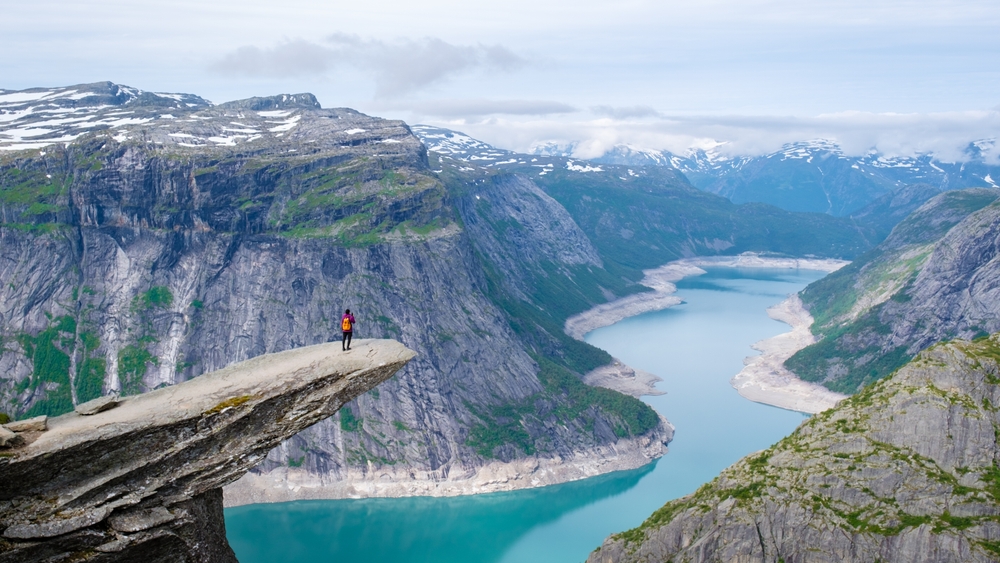
If you are flying a long-haul flight to Norway, read these 7 tips to prepare for a long international flight.
 Lake Como Packing List: Chic Essentials for the Perfect Italy Trip
Lake Como Packing List: Chic Essentials for the Perfect Italy Trip